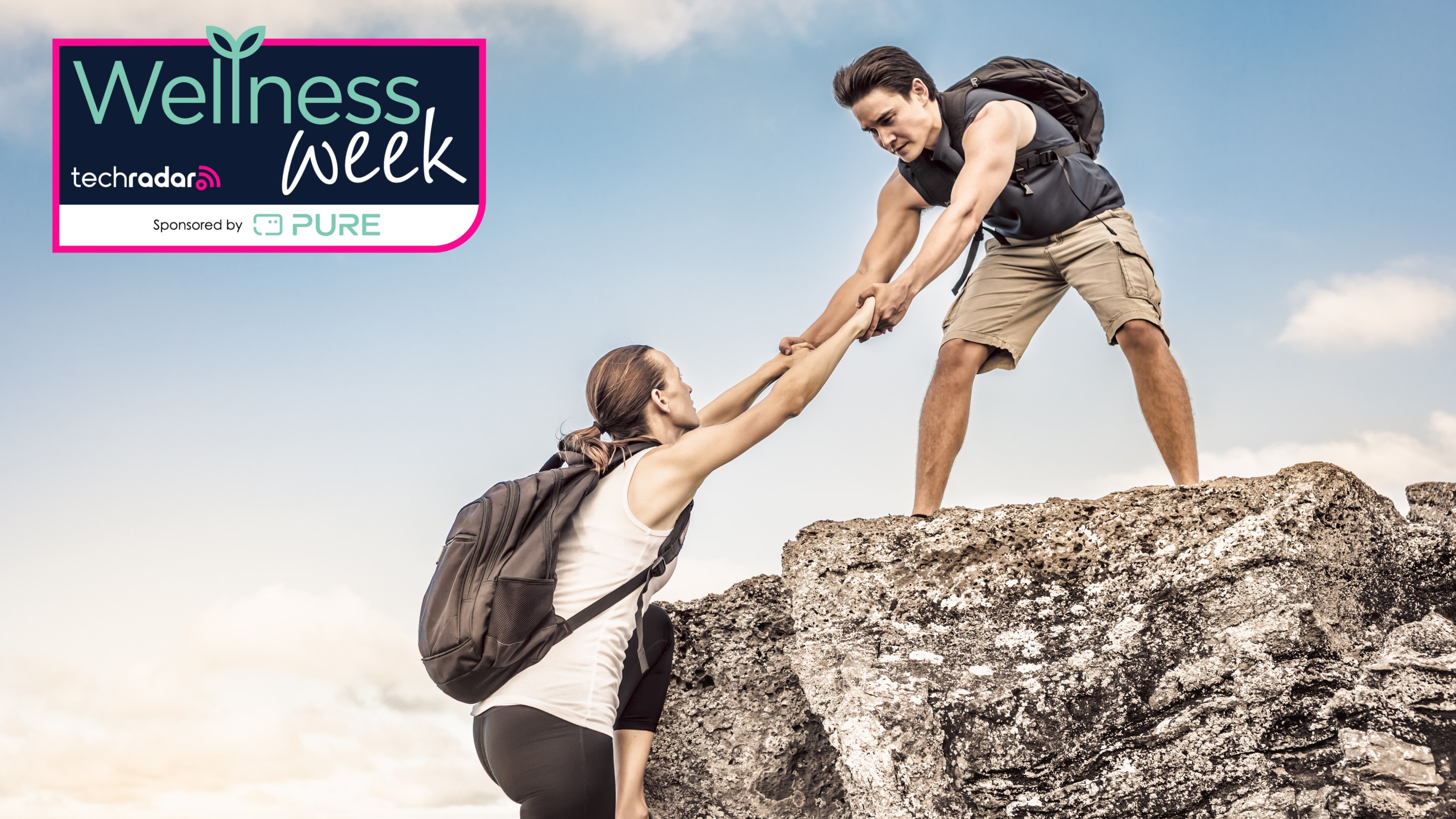Do you struggle on hikes? Here are 5 essential gym moves to strengthen your legs, glutes and core
From gym to trail: A guide to stronger hikes and runs

Ever since I was young, I’ve spent a lot of time running, hiking, and walking. Other than a few long-distance races in high school, all of this has been pleasure and stems from a desire to stay healthy and fit for life. I’ve even recently returned from a walking holiday in the Peak District, UK, where several hikes meant I gained access to some truly breathtaking views. Is there anything better?
I’m not getting any younger though, and as the years have gone by, I’ve noticed an increase in injuries and it’s getting harder to crush the distances I’m used to doing. Much of this is the result of a lack of effort in the gym, with time that I could have spent strengthening my muscles being spent on other activities instead.
With a desire to do better, I’m sharing five exercises I’ve found, backed by research, that you can do in the comfort of the gym, which will serve you well when you’re pushing the limits in the open air.
If you’re keen to track your progress along the way, then you’ll want to invest in one of the best smartwatches and best fitness trackers as well.
1. Goblet squats
Running, hiking, and walking are all forward-moving activities that demand a lot of your glutes, quads, and hamstrings. The goblet squat exercise is perfect for strengthening these muscles and therefore enabling you to go for longer and avoid pain during more intensive activities.
This particular squat also improves core stability and hip mobility, which are specifically required for maintaining good form and preventing injury during repetitive movements like running or walking.
2. Lunges
Lunges are another great exercise that targets the glutes, quads, and hamstrings, but unlike squats, they mimic the single-leg motion involved in walking and running activities. Having to constantly shift weight from one foot to another requires a lot of strength and stability, which lunges help to develop. As a result, it’s possible to make your stride more efficient and powerful.
According to the National Strength and Conditioning Association, “learning to lunge correctly can strengthen the lower body musculature, improve core stability and balance, enhance hip flexibility, and increase functionality.”
This added benefit of improving balance and single-leg stability is particularly helpful for any type of hiking or running but especially for anyone doing these activities on uneven terrain. Being able to stabilize yourself on one leg is paramount to avoiding injuries.
3. Calf raises
Hiking and running are both high-impact exercises. If your muscles in general, and calf muscles in particular, are not set up to absorb that impact, then you’re going to fatigue easily and be susceptible to injuries.
Calf raises are a fantastic exercise for developing strong calves that can handle the inevitable impact. This exercise becomes even more essential if your activities take place on hard and resistant ground.
Your calves are also responsible for providing power for push-off, and calf raises help strengthen this area as well. By developing strong ankle stability, you’ll be better equipped to navigate trails and have the endurance required for long periods of walking or running.
4. Planking
As well as strong calves, it is also essential to build up your core strength and stability. This will enable you to maintain an efficient and upright posture, which will significantly reduce fatigue and stress on your back and legs.
The plank might not seem like the most obvious exercise for runners and walkers, but if you want to improve your overall strength, then it’s very effective indeed. This plank study concluded that “eight weeks of core training may improve static balance, core endurance, and running economy.”
5. Romanian deadlift
Anyone who has done a lot of walking or running will know how much back fatigue plays in limiting the overall distance that can be travelled. That’s why an exercise like Romanian deadlifts is so important.
The exercise strengthens the posterior chain, which includes the hamstrings, glutes, and lower back. By working on this group of muscles, you’ll be better equipped to maintain an upright posture and thereby prevent fatigue in the lower back
Additionally, because these deadlifts work directly on the muscles responsible for hip extension, you’ll be able to more powerfully propel yourself forward with each stride.
You might also like...
- I interviewed 70 endurance experts – here are my top 5 tips to improve physical and mental resilience
- How to use heart rate zones on your smartwatch to smash your fitness goals, according to research
- You don’t need a fitness tracker for zone two training – just this free trick from Harry Styles’ trainer
Sign up for breaking news, reviews, opinion, top tech deals, and more.

Paul is a digital expert. In the 20 years since he graduated with a first-class honours degree in Computer Science, Paul has been actively involved in a variety of different tech and creative industries that make him the go-to guy for reviews, opinion pieces, and featured articles. With a particular love of all things visual, including photography, videography, and 3D visualisation Paul is never far from a camera or other piece of tech that gets his creative juices going. You'll also find his writing in other places, including Creative Bloq, Digital Camera World, and 3D World Magazine.




